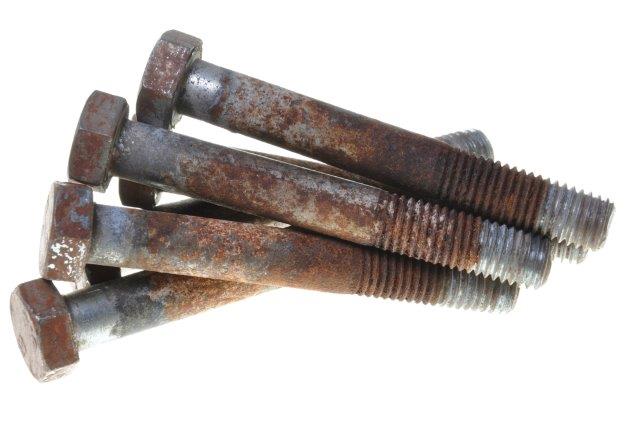FOR IMMEDIATE RELEASE
ACS News Service Weekly PressPac: November 02, 2016
Shoring up the power grid — with DIY scrap-metal batteries
"From the Junkyard to the Power Grid: Ambient Processing of Scrap Metals into Nanostructured Electrodes for Ultrafast Rechargeable Batteries"
ACS Energy Letters
With residential solar energy ramping up, consumers are looking for ways to store extra energy without breaking the bank. To help solve this problem, a team of scientists has come up with a novel possibility: do-it-yourself, scrap-metal batteries. They report their method in the journal ACS Energy Letters.
One of the most obvious choices these days for back-up energy storage is the lithium-ion battery. This option, however, requires a complex, global supply chain and high-end manufacturing facilities. But making batteries hasn’t always been so hi-tech. The world’s first speculated batteries originated during the first century B.C. with a terracotta pot, a copper sheet and an iron rod, according to Cary L. Pint and colleagues. Going back to this simple predecessor known as the “Baghdad battery,” the scientists decided to pursue a similarly basic device using scrap steel and brass, which respectively make up the most and the third-most abundant kinds of scrap metal waste in the U.S.
Pint and his team developed a simple process that could be carried out at home to prepare steel and brass scraps of varying sizes and shapes, including shavings and screws, to turn them into effective electrodes for batteries. When the electrodes were combined with aqueous potassium hydroxide as the electrolyte, they yielded a battery with a voltage of up to 1.8 volts and an energy density up to 20 watt hours per kilogram, which approaches that of traditional lead-acid and nickel-iron batteries. Testing showed the steel-brass batteries could charge and discharge more than 5,000 times. Because such devices are made of common scrap metal, they would be inexpensive and could help shift some of the energy storage burden from a centralized model to a localized one, the researchers say.
The authors acknowledge funding from NASA, the National Science Foundation and Vanderbilt University.


